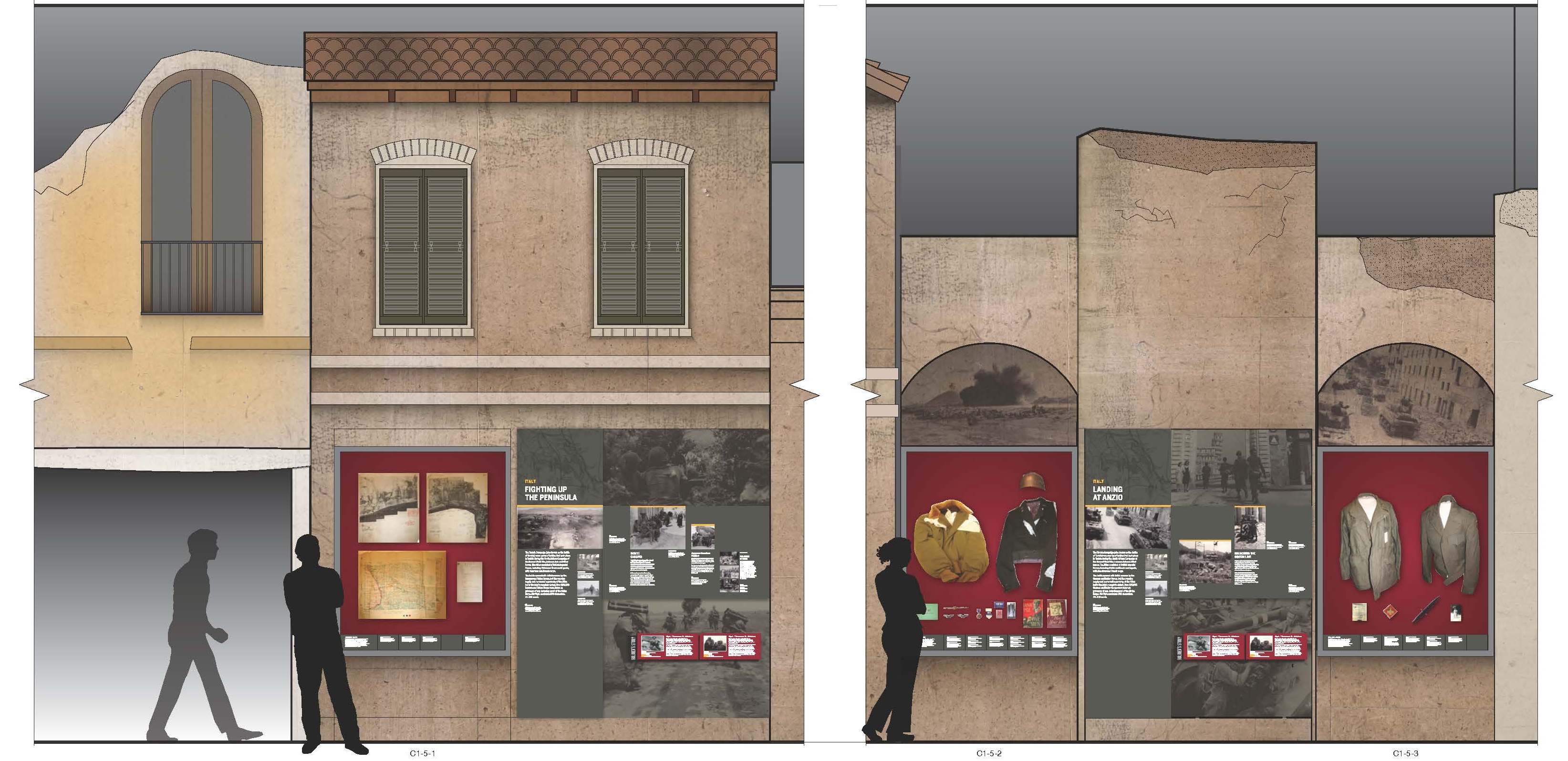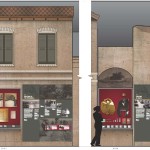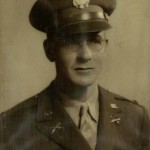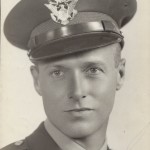COUNTDOWN TO ROAD TO BERLIN: THE ITALIAN CAMPAIGN GALLERY
The Italian Campaign gallery tells the story of the Allies’ mainland assault on Europe’s “soft underbelly,” which turned into a hard, deadly slog consuming many months. American forces and their allies achieved the surrender of Italian leaders – who, amid political turmoil and confusion, switched sides and declared war on Germany. Progress was slow, mainly because of Italy’s mountainous terrain and rain that created an infamous amount of mud. The campaign’s strategic benefits were unclear, but it succeeded in tying up German war machine resources. The war of attrition in Italy was marked by courageous fighting by Japanese-American and African-American segregated units, and by controversy over orders to bomb the mountaintop monastery Monte Cassino, wrongly believed to be a German observation post.
The Italian Campaign gallery will include five major exhibits: Invasion of the Italian Peninsula, Fighting up the Peninsula, Anzio, Liberation of Rome, and Fight for the Gothic Line. These exhibits will employ an array of artifacts, interactive displays, and audio visual presentations to capture visitors’ imaginations and bring the history of the war in Italy to life. Visitors will hear about soldiers’ experiences in their own words through oral histories which recount battles and everyday life in the war. The exhibits will communicate both the broad strategic complexity of warfare and the individual bravery and leadership of the service members who took part in it. The Italian Campaign gallery will strengthen the visitors’ understanding of the efforts in Italy, and its significant contribution to Allied victory in World War II.
Donor Spotlight- Mr. and Mrs. David M. Knott
The Italian Campaign gallery has been made possible through a generous gift from Mr and Mrs. David M. Knott. Mrs. Virginia Commander Knott grew up in Atlanta, Georgia and Mr. David Knott was born in Manhattan, New York. At the age of three and a half, David moved to his grandfather’s house in Garden City, Long Island. The two met at the Bronx Zoo. David had a blind date that day, who wound up arriving with her boyfriend. “That was a sign,” David shared. Virginia, also known as Ginny, was also supposed to have a blind date that day, but didn’t care for him. Given their circumstances, David suggested that the two of them go to the zoo together. “It was called survival,” Ginny shared, “and it worked!” The two now live in a little town called Mill Neck, New York.
Both David and Ginny’s fathers served in WWII. Ginny’s father, R.C. “Charlie” Commander, was a 2nd Lieutenant in the Army Infantry in WWII. He served in the Pacific Theater of the War with the 32nd Infantry Division out of Wisconsin, which also became known as the Red Arrow Division.
David’s father, David Hurst Knott, Jr., was a Lieutenant in the Infantry and served in the Italian campaign of WWII. He was killed two weeks before war in Europe ended. David was only a couple of months old at the time.
Former Museum Board Chairman David Voelker, a good friend of David and his brother, George, solicited David to become involved with The National WWII Museum. David joined the Museum’s Board of Trustees in 2002 and he served on the board for 7 years. During his time on the board, he served as Chair of the Investment Committee and served on the Finance, Trusteeship and Capital Campaign committees. President & CEO Dr. Gordon H. “Nick Mueller” shared that David, “was a valued trustee who brought his passion and wisdom to our Board leadership. He helped us transition from The National D-Day Museum to The National WWII Museum.”
After David joined the board, he and Ginny knew that they wanted to make a financial commitment. They chose to support and name the Italian Campaign gallery because this important aspect of the WWII story “obviously affected my [David’s] family.”
David’s fondest memory of the Museum was when he met WWII veteran Harold Baumgarten and hearing his remarkably heroic story. Dr. Baumgarten was among the first wave of soldiers who landed with Higgins Boats on the beaches for the Normandy Invasion on D-Day. Once Harold landed on the shores of Normandy, a shell exploded and he was hit by a large piece of shrapnel. This removed the lower part of his jaw. He was then shot three more times as he was coming up the beach, only to then step on a land mine. He didn’t stop going up the beach until he collapsed from loss of blood and was taken into a hospital. Today, Dr. Baumgarten lives in Jacksonville, Florida and attended the recent 70th Anniversary of the Allied Invasion in Normandy.
Ginny ‘s favorite part of the Museum is the Oral History collection. “Stephen Ambrose and his son, Hugh Ambrose, took so much time to get those Oral Histories recorded before these veterans pass away. These first person accounts are very powerful.”
The National WWII Museum is grateful for David’s leadership on the board and for David and Ginny’s strong show of support for the Road to Victory capital campaign. We feel fortunate to be able to honor the service of their fathers and our other heroic WWII veterans here at The National WWII Museum.
- Ginny's father, R.C. “Charlie” Commander
- David's father, David Hurst Knott, Jr.
Harold Baumgarten’s Oral History is part of the Museum’s online Digital Archives. Click here to watch his moving story.
Post by Lauren Bevis, Donor Relations Manager, and Ashley Nash, Prospect Coordinator.
- Posted :
- Post Category :
- Tags : Tags: Road to Berlin Countdown
- Follow responses to this entry through the RSS 2.0 feed. You can skip to the end and leave a response. Pinging is currently not allowed.










Leave a Reply